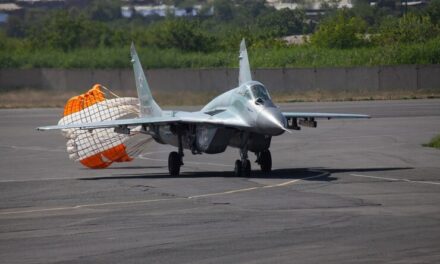The period from 1914 to 1945 was marked by profound global upheaval, characterized by two devastating world wars and significant socio-economic and political transformations. This era witnessed unprecedented technological advancements, ideological clashes, and shifts in global power dynamics that shaped the course of history.
The outbreak of World War I in 1914 marked the beginning of a turbulent era. Triggered by the assassination of Archduke Franz Ferdinand of Austria-Hungary, the war quickly engulfed Europe and eventually drew in countries from around the world. It was a conflict of unprecedented scale and brutality, with trench warfare, chemical weapons, and millions of casualties. The war fundamentally altered the geopolitical landscape, leading to the collapse of empires like the Ottoman, Austro-Hungarian, Russian, and German Empires.
The aftermath of World War I brought about significant political and social changes. The Treaty of Versailles, signed in 1919, imposed harsh reparations and territorial losses on Germany, contributing to economic instability and social unrest. The League of Nations was established as a precursor to the United Nations, aiming to promote international cooperation and prevent future conflicts, although it faced challenges in achieving its objectives.
The interwar period (1918-1939) saw the rise of totalitarian regimes and ideologies, most notably fascism in Italy under Mussolini, Nazism in Germany under Hitler, and militarism in Japan. These regimes promoted aggressive expansionism, leading to territorial conquests and conflicts that further destabilized global peace. Economic hardships, exacerbated by the Great Depression starting in 1929, fueled social discontent and political extremism across many nations.
In 1939, World War II erupted with the invasion of Poland by Nazi Germany, triggering a global conflict that lasted until 1945. World War II was even more devastating than its predecessor, encompassing more countries and resulting in the genocide of millions of people, including six million Jews in the Holocaust. The war witnessed the widespread use of new technologies such as aircraft, tanks, and atomic weapons, which inflicted unprecedented destruction and loss of life.
The conclusion of World War II in 1945 marked a turning point in global history. The United Nations was founded in 1945 with the aim of preventing future conflicts and promoting international cooperation. The post-war period saw the emergence of the United States and the Soviet Union as superpowers, leading to the Cold War and ideological rivalries that shaped global politics for decades.
Economically, the aftermath of World War II saw efforts to rebuild war-torn nations through initiatives like the Marshall Plan, which provided economic assistance to Western Europe. The war also accelerated decolonization movements in Africa, Asia, and the Middle East, as colonial powers weakened and nationalist movements gained momentum.
In conclusion, the period from 1914 to 1945 was a time of immense change and turmoil, characterized by two world wars, ideological conflicts, economic crises, and technological advancements. It reshaped global politics, societies, and economies, leaving a lasting impact on the world we live in today. The lessons learned from this era continue to inform efforts to promote peace, human rights, and international cooperation in the modern world.
Worksheet on The World from 1914-1945. This worksheet includes the topics:-
- The First World War
- What caused the war?
- How was the war fought?
- When did the war end?
- The Inter-war year
- The Second World war
- What caused the war?
- How was the war fought?
- When did the war end

















